Noteworthy contemporary artists working with bronze
In this article we take a look at some of the most exciting contemporary bronze artists around. You won't find pieces from these artists to be easily attainable for your own personal collections, but join with us as we indulge in their exquisite works.
This little overview will give you a sense of some of leading practitioners in the UK and beyond today. These industry icons have established their name in the art world and some within the cultural psyche more widely, and you will be able to see why this is when you look further into their beautiful work. There are so many exciting sculptors which we love so much and this introduction should give you an insight into a few artists to study further if you have an appreciation for bronze sculpture.
Anish Kapoor
Anish Kapoor has earned many accolades across his career. He came onto the scene in the 1980s with his geometric and biomorphic sculptures which were often made from such materials as granite and marble. He then moved into a stainless steel phase from the mid 1990s, working often with the highly reflective surface that this metal offers when polished to a mirror-like sheen. Some of his more recent bronze works include a mesmerising collaboration with the writer Salman Rushdie in 2009. This sculpture used conjoined bronze boxes which had inscribed around their outside the first two paragraphs of Rushdie's 'Blood Relations' text. See Blood Relations here on Kapoor's website. By now Anish Kapoor is an absolutely undisputed master. His career has been marked by such achievements as him being the first living artist to have a solo exhibition at the Royal Academy of Arts in 2009.
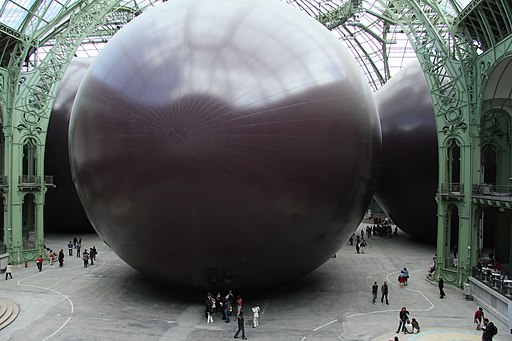
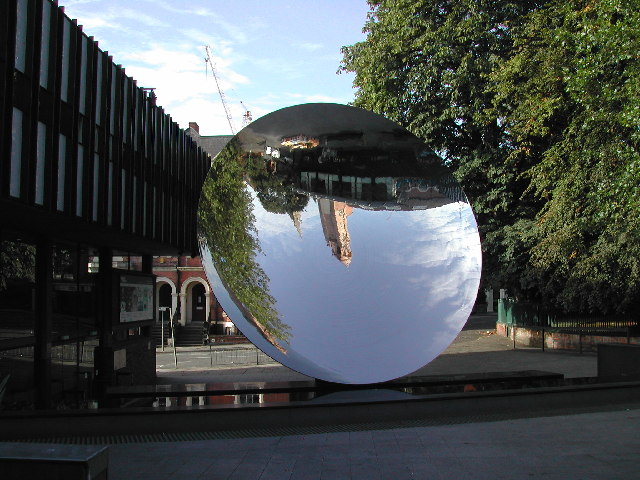
Yinka Shonibare
We also would highly recommend that you explore the work of Yinka Shonibare if you like your art to tell a story. Yinka has been working in an interdisciplinary fashion for many years now to develop his own unique style. This style is not just dazzling to the eye, but it also is meant to be challenging and to make you think about the value systems implicit in the contemporary cultural landscape. His artwork is both an aesthetic and political project, engaging with themes of race, class, and the construction of identity in the cultural sphere. Yinka has been nominated for the Turner Prize, and has had his works displayed everywhere from the Smithsonian Institute to the Museum of Modern Art to the Tate Modern. Some of most recent works such as Wind Sculpture in Bronze use a mixture of bronze, lacquer and concrete to create a stunning hybrid shape which is full of dynamism and intrigue.
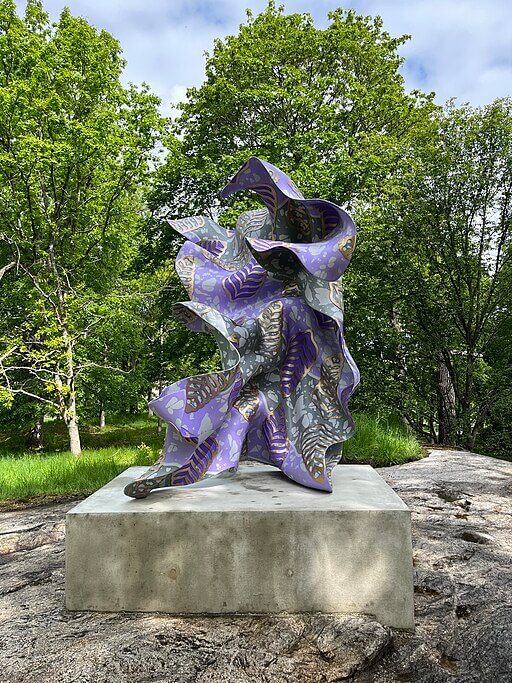
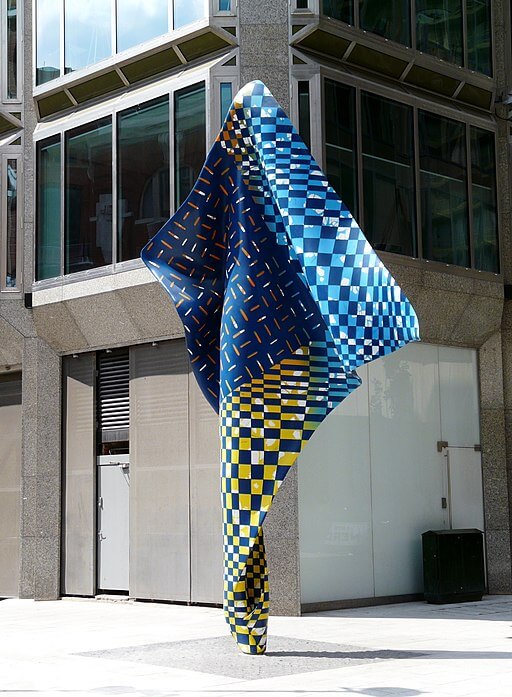
Antony Gormley
You cannot talk about modern sculpture without mentioning the name Antony Gormley. Perhaps the preeminent sculptor working in Britain today, Gormley is the creator of what is generally thought of as the most significant piece of post-war public art in the UK: the Angel of the North. While this structure is made of steel, Gormley also has a wide number of iconic and groundbreaking sculptures which work with bronze, including his very first commissioned sculpture, 'Two Stones', 1981, now located in Maidstone, Kent. Another of Gormley's early works to use bronze is 'Untitled [Listening]', 1985, and was a commission piece for Camden Council.
Today Gormley's work is part of the nation's cultural imagination in the way that it has become synonymous with certain areas of the UK. His Corby beach project, for instance, places 100 sculptures of human figures across the coastal landscape in such a way that one cannot think of the seaside location without thinking of the artist.
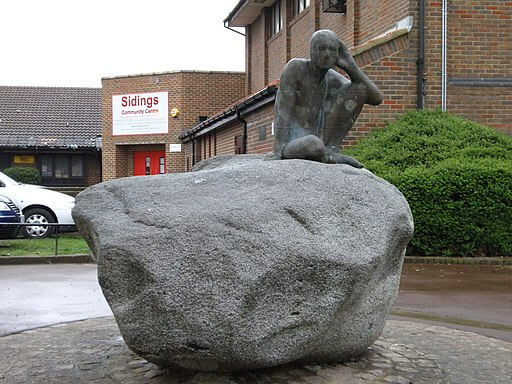
Kiki Smith
Another favourite sculptor working in bronze would have to be Kiki Smith. Born in 1954, Kiki Smith's body of work takes us across multiple materials and even artforms, as she has made her mark not only with sculpture but also with her photography, drawing, textiles and printmaking. This German-American artist is currently an adjunct professor at NYU and Columbia University. Her work has been shown in solo exhibitions in over 25 museums globally, and she was even recognised in 2006 as one of the the TIME 100's people who shape our world. Some of her most breath-taking artworks, such as the 1997 classic 'Lilith', which is held at the Metropolitan Museum of Art, show her mastery of bronze sculpture.
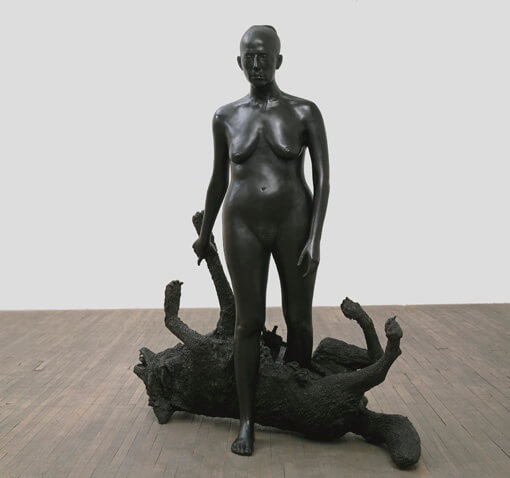
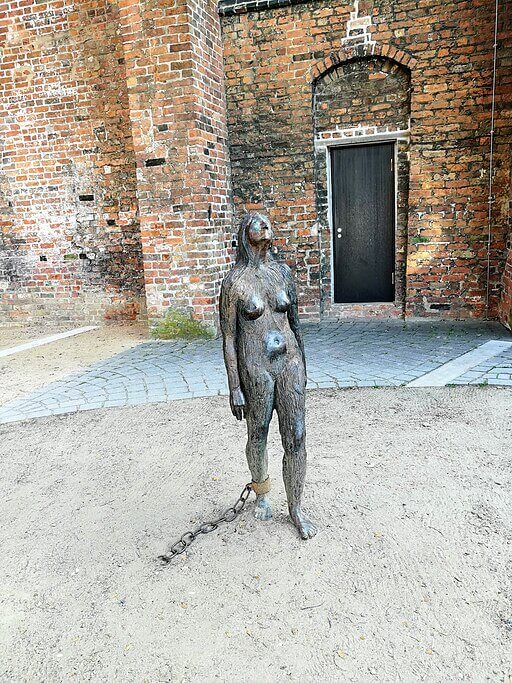
Sophie Ryder
Sophie Ryder must also make it onto the list for her unique use of bronze, embedded wet plaster and found materials in her representations of mystical creatures and animals. Her sculptures gesture towards the folkloric, and frequently interrogate the relationship between humankind and nature. Ryder's beautiful assemblages seem to take on a quality all their own, as though they have arisen out of the towns, fields and forests around us, bringing with them materials here and there as they take shape. This quality gives her pieces a captivating feeling of connection with the non-human.
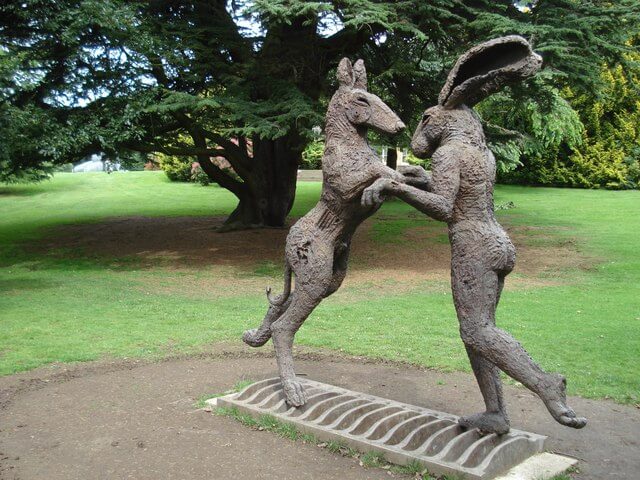
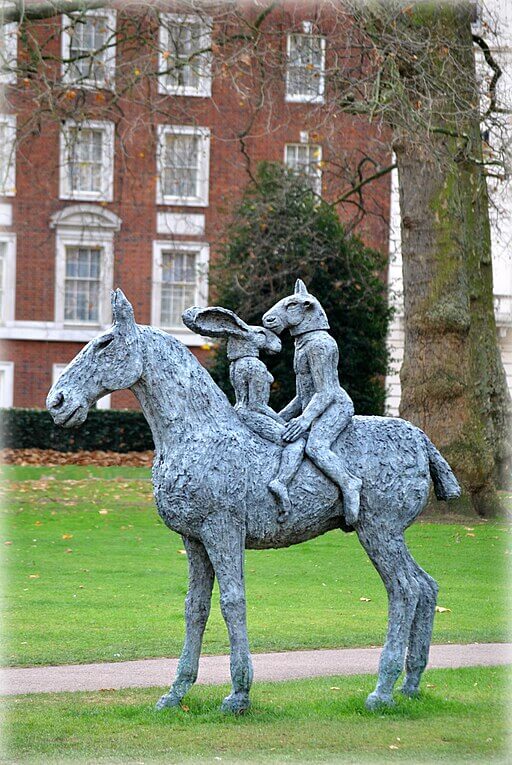
Rebecca Warren
Rebecca Warren also must rank among the most interesting, exciting and unique of sculptors in the last few decades. She studied at Goldsmith's College and Chelsea College of Art, before taking up a residency 1993-1994 as an artist in residence at The Ruskin School at the University of Oxford. Like other artists on this list, her talent has been recognised with numerous accolades, nominations and awards over the years. She was in 2006 nominated for the Turner Prize, and her body of work is rich with nuance and multiple approaches and styles. Warren’s sculptures range from figures to abstract forms, with her sculpture sometimes offering a mysterious, amorphous shapes and at other times taking on more recognisable subjects. Often her sculptures, in one way or another, interrogate ideas about authorship and authenticity. This form of examination of what it is to be an artist brings together, distils and processes influences from literature, pop culture, psychology and history. Her artwork has that amazing ability of being both tender and dry in humour all at once. When you look at her sculptures, in bronze and in other mediums, you will note the influence of certain elements of Modernist sculpture; at the same time, it is apparent that these influences are used in such a way as to create something exciting and fresh.
